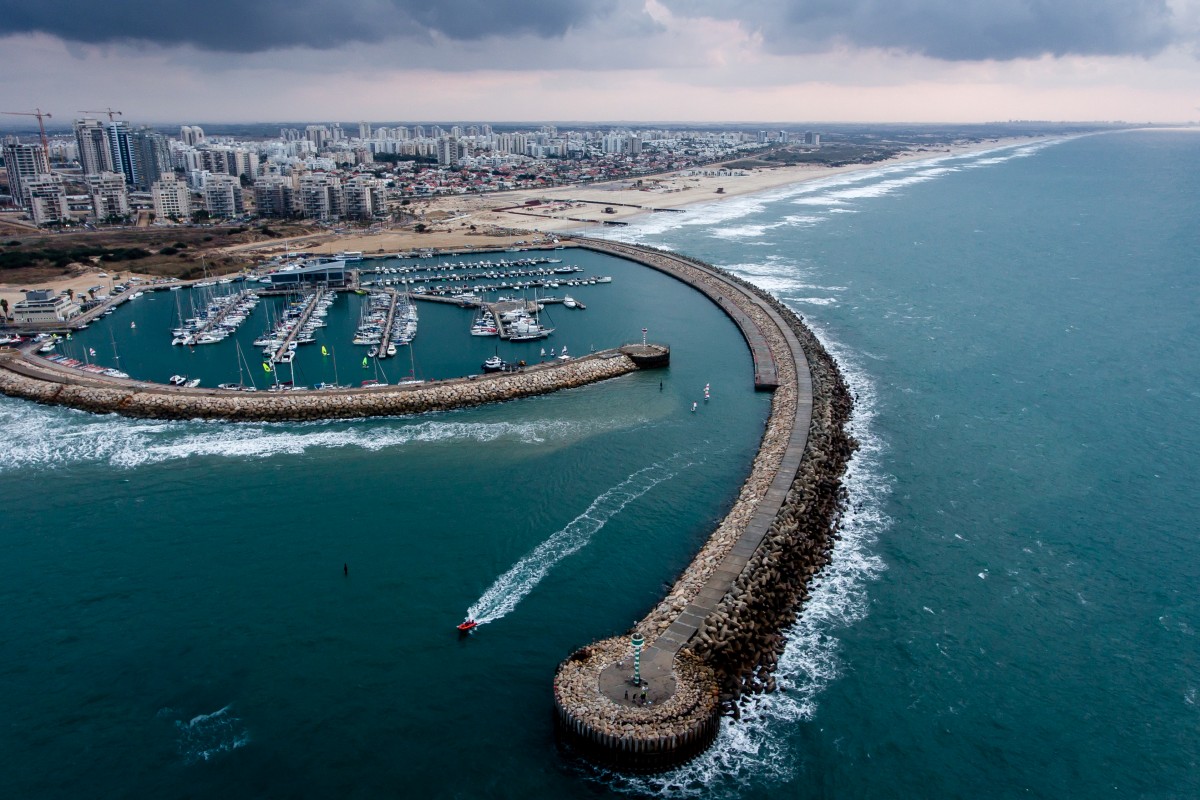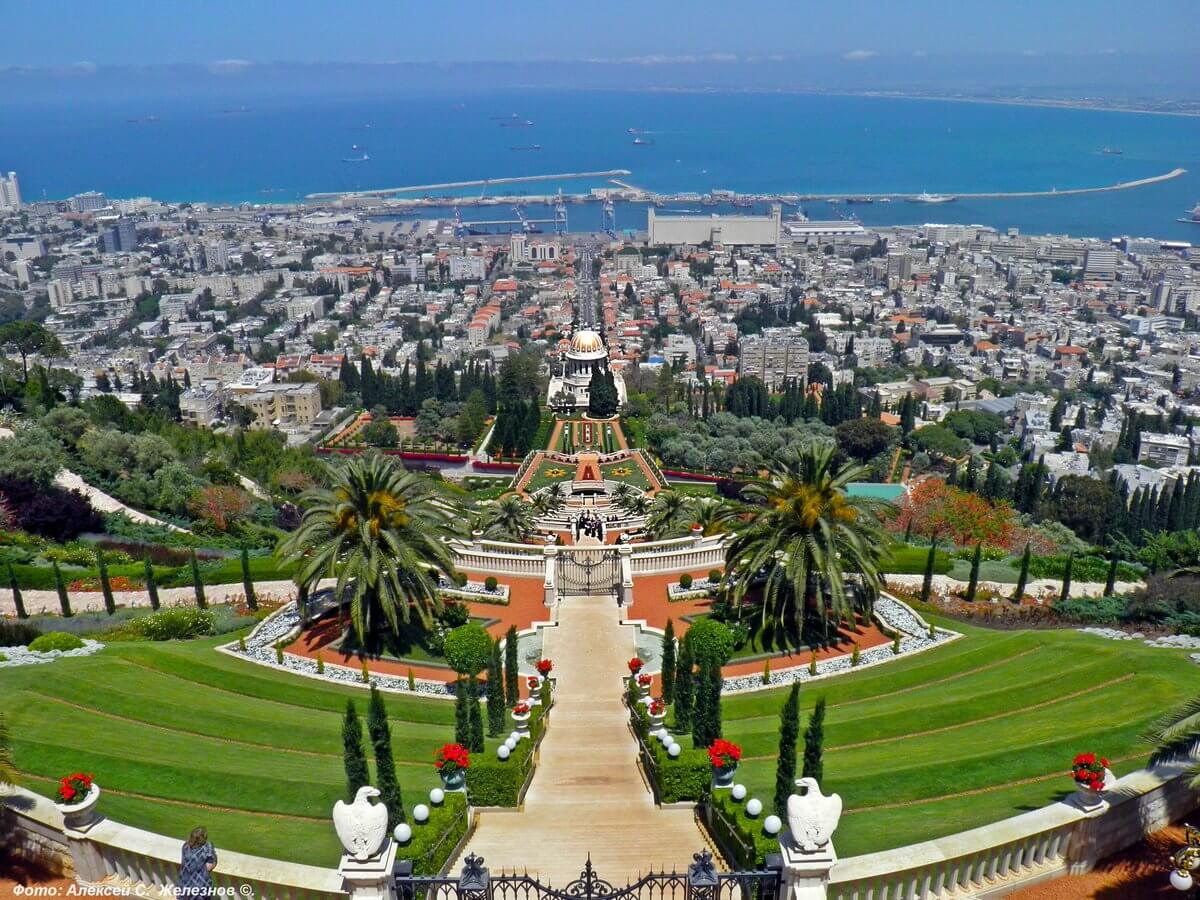

| Cruise Region : Europe |
| Company Category : Luxury |
| Company name : Crystal Cruises |
| Ship name : Crystal Esprit |
| Journey Start Date : Tue 23 Nov 2021 |
| Journey End Date : Sat 04 Dec 2021 |
| Port start : Larnaca / Cyprus |
| Port end : Aqaba / Jordan |
| Count Nights : 11 nights |
| Day | Port | Date | Arrival | Departure |
|---|---|---|---|---|
| 1 | Larnaca / Cyprus | Tue 23 Nov | ||
| 2 | Larnaca / Cyprus | Wed 24 Nov | 16:00 | |
| 3 | Ashdod / Israel | Thu 25 Nov | 08:30 | |
| 4 | Ashdod / Israel | Fri 26 Nov | 19:00 | |
| 5 | Haifa / Israel | Sat 27 Nov | 07:00 | 20:00 |
| 6 | Day at sea / Sea | Sun 28 Nov | ||
| 7 | Day at sea / Sea | Mon 29 Nov | ||
| 10 | Day at sea / Sea | Thu 02 Dec | ||
| 11 | Eilat / Israel | Fri 03 Dec | 06:00 | 18:00 |
| 12 | Aqaba / Jordan | Sat 04 Dec | 19:30 | |
| 13 | Aqaba / Jordan | Sun 05 Dec | ||
| 14 | Aqaba / Jordan | Mon 06 Dec |
| Build Year : 1991 |
| Renew Year : 2015 |



Ashdod is the sixth-largest city and the largest port in Israel accounting for 60% of the country's imported goods. Ashdod is located in the Southern District of the country, on the Mediterranean coast where it is situated between Tel Aviv to the North 32 kilometres (20 miles) away, and Ashkelon to the South 20 km (12 mi) away. Jerusalem is 53 km (33 mi) to the east. The city is also an important regional industrial center.
Modern Ashdod covers the territory of two ancient twin towns, one inland and one on the coast, which were for most of their history two separate entities, connected by close ties with each other. This article deals with these historic towns, including other ancient nearby sites, and modern Ashdod.
The first documented urban settlement at Ashdod dates to the Canaanite culture of the 17th century BCE, making the city one of the oldest in the world. Ashdod is mentioned 13 times in the Bible. During its pre-1956 history the city was settled by Philistines, Israelites, Greek colonists coming in the wake of Alexander's conquests, Romans and Byzantines, Arabs, Crusaders, and Ottoman Turks.
Modern Ashdod was established in 1956 on the sand hills near the site of the ancient town, and incorporated as a city in 1968, with a land-area of approximately 60 square kilometres (23 sq mi). Being a planned city, expansion followed a main development plan, which facilitated traffic and prevented air pollution in the residential areas, despite population growth. According to the Israel Central Bureau of Statistics, Ashdod had a population of 222,883 in 2017, with an area of 47,242 dunams (47.242 km2; 18.240 sq mi).
Ashdod today is home to the largest Moroccan Jewish community in Israel, the largest Karaite Jewishcommunity in Israel, and the largest Georgian Jewish community in the world.

Ashdod is the sixth-largest city and the largest port in Israel accounting for 60% of the country's imported goods. Ashdod is located in the Southern District of the country, on the Mediterranean coast where it is situated between Tel Aviv to the North 32 kilometres (20 miles) away, and Ashkelon to the South 20 km (12 mi) away. Jerusalem is 53 km (33 mi) to the east. The city is also an important regional industrial center.
Modern Ashdod covers the territory of two ancient twin towns, one inland and one on the coast, which were for most of their history two separate entities, connected by close ties with each other. This article deals with these historic towns, including other ancient nearby sites, and modern Ashdod.
The first documented urban settlement at Ashdod dates to the Canaanite culture of the 17th century BCE, making the city one of the oldest in the world. Ashdod is mentioned 13 times in the Bible. During its pre-1956 history the city was settled by Philistines, Israelites, Greek colonists coming in the wake of Alexander's conquests, Romans and Byzantines, Arabs, Crusaders, and Ottoman Turks.
Modern Ashdod was established in 1956 on the sand hills near the site of the ancient town, and incorporated as a city in 1968, with a land-area of approximately 60 square kilometres (23 sq mi). Being a planned city, expansion followed a main development plan, which facilitated traffic and prevented air pollution in the residential areas, despite population growth. According to the Israel Central Bureau of Statistics, Ashdod had a population of 222,883 in 2017, with an area of 47,242 dunams (47.242 km2; 18.240 sq mi).
Ashdod today is home to the largest Moroccan Jewish community in Israel, the largest Karaite Jewishcommunity in Israel, and the largest Georgian Jewish community in the world.

Haifa is Israel’s third largest city. It sits on the slopes of Mount Carmel facing the Mediterranean Sea. Some call it ‘Israel’s San Francisco’. Although traditionally a working city, there are a number of great things to do in Haifa. Be sure to cross them off your Haifa bucket list. These include the Bahai Gardens and German Colony. It also houses a number of top museums. The city is also famous across Israel for its mixed population of Jews and Arabs. Here, they peacefully coexist. The result is some amazing fusions of Arabic and Jewish cultures across the city.





Aqaba is the only coastal city in Jordan and the largest and most populous city on the Gulf of Aqaba. Situated in southernmost Jordan, Aqaba is the administrative centre of the Aqaba Governorate. The city had a population of 148,398 in 2015 and a land area of 375 square kilometres (144.8 sq mi). Today, Aqaba plays a major role in the development of the Jordanian economy, through the vibrant trade and tourism sectors. The Port of Aqaba also serves other countries in the region.
Aqaba's strategic location at the northeastern tip of the Red Sea between the continents of Asia and Africa, has made its port important over the course of thousands of years.

Aqaba is the only coastal city in Jordan and the largest and most populous city on the Gulf of Aqaba. Situated in southernmost Jordan, Aqaba is the administrative centre of the Aqaba Governorate. The city had a population of 148,398 in 2015 and a land area of 375 square kilometres (144.8 sq mi). Today, Aqaba plays a major role in the development of the Jordanian economy, through the vibrant trade and tourism sectors. The Port of Aqaba also serves other countries in the region.
Aqaba's strategic location at the northeastern tip of the Red Sea between the continents of Asia and Africa, has made its port important over the course of thousands of years.

Aqaba is the only coastal city in Jordan and the largest and most populous city on the Gulf of Aqaba. Situated in southernmost Jordan, Aqaba is the administrative centre of the Aqaba Governorate. The city had a population of 148,398 in 2015 and a land area of 375 square kilometres (144.8 sq mi). Today, Aqaba plays a major role in the development of the Jordanian economy, through the vibrant trade and tourism sectors. The Port of Aqaba also serves other countries in the region.
Aqaba's strategic location at the northeastern tip of the Red Sea between the continents of Asia and Africa, has made its port important over the course of thousands of years.